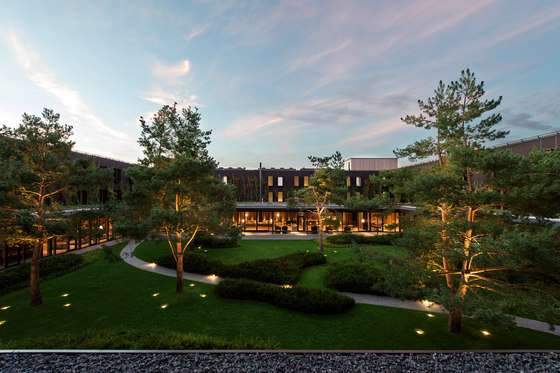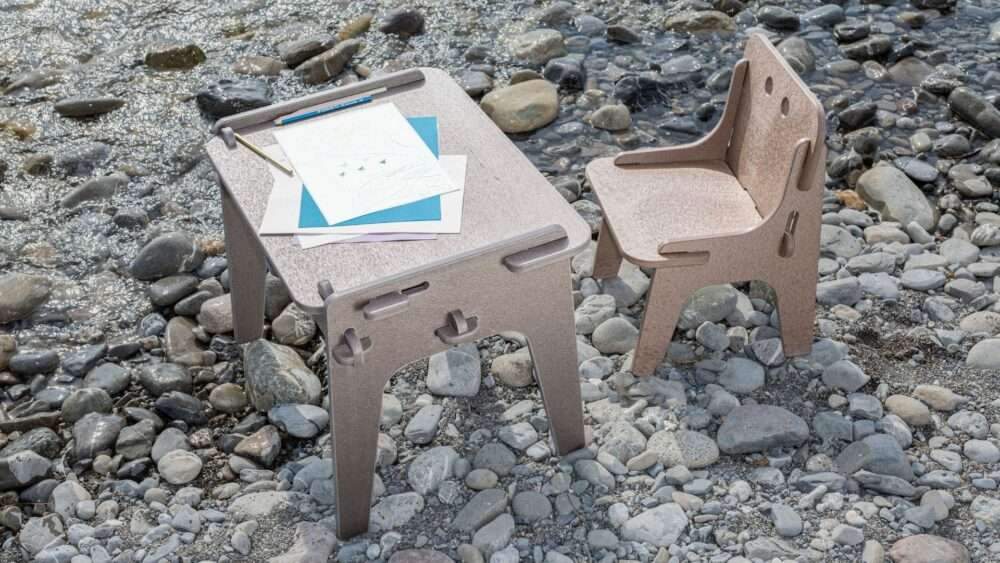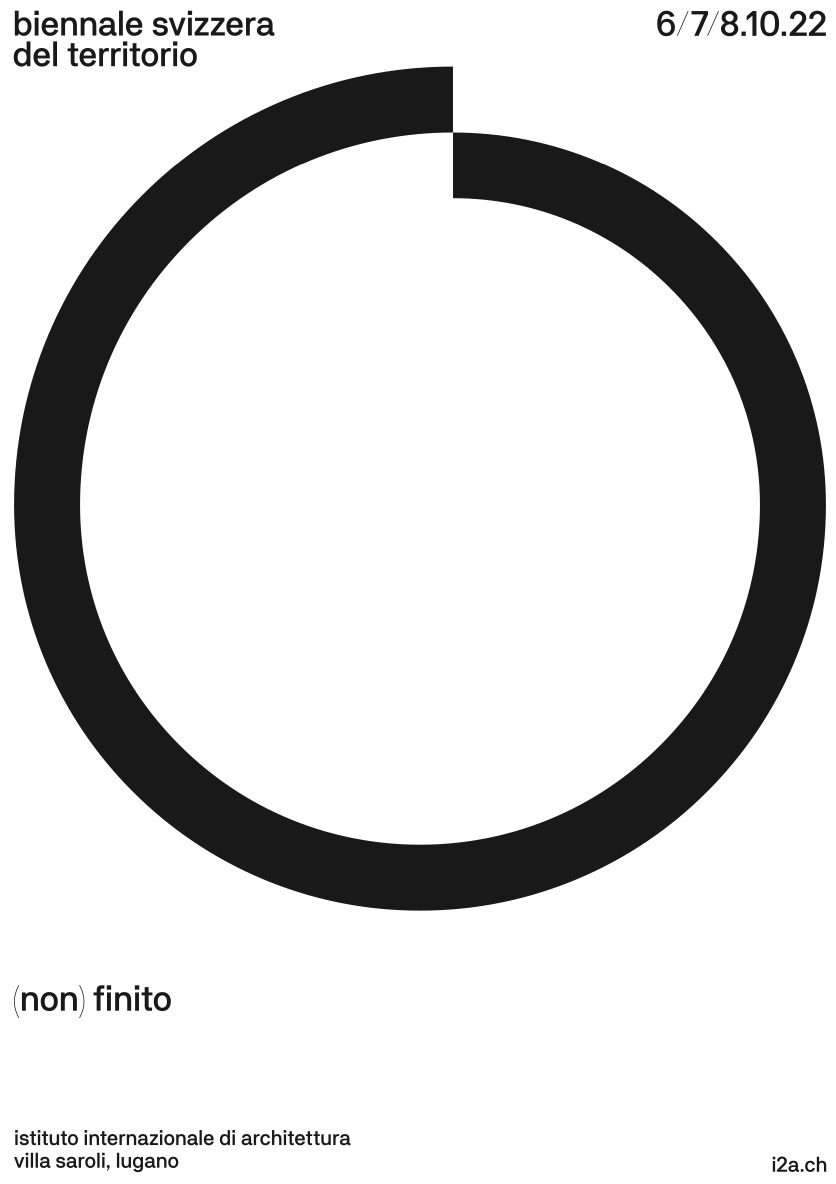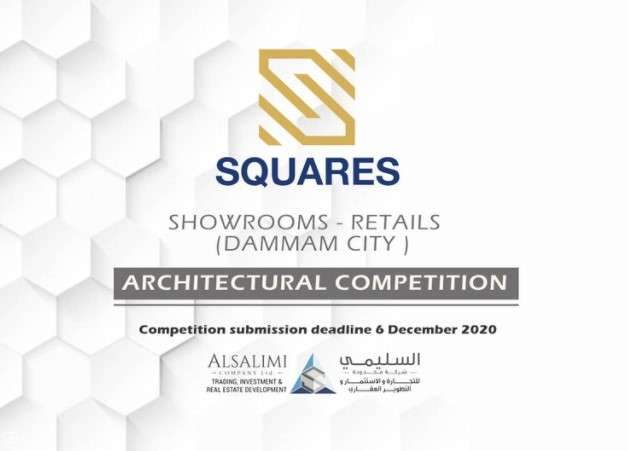The Modern White Aesthetic Trend in Architecture
In modern architecture, the colour white has become a significant influence, reshaping city skylines and altering the visual language of contemporary buildings. The Modern White Aesthetic Trend is evident in cities around the world.
As someone passionate about architectural trends worldwide, I have observed that white has evolved beyond a mere aesthetic choice; it has become an essential element in the toolkit of today’s designers.
The revival of white architecture goes beyond visual appeal, symbolizing a refined blend of parametric design, innovative materials, and a commitment to sustainability.
Notable architects, from Herzog & de Meuron’s sleek designs to BIG’s striking geometric forms, are harnessing the distinctive qualities of white to expand the limits of design and functionality.
What intrigues me the most is the transformation of white from its Modernist origins into a driving force for technological innovation in architectural design.
Contemporary white buildings now feature advanced materials such as photocatalytic coatings, thermochromic substances, and sophisticated polymer composites that adapt to their surroundings.
This integration of traditional design concepts with state-of-the-art materials science illustrates how modern architecture is evolving to address the challenges of the 21st century.
Let us delve into the reasons why this seemingly simple color remains at the forefront of architectural discussions.
1. Clean Aesthetic
The pristine and minimalist look of white buildings provides a compelling contrast to their natural environments, reflecting contemporary design ideals centered on simplicity. Beyond their aesthetic charm, these white structures signify a movement towards sustainable architecture.
Many modern white buildings utilize environmentally friendly materials and energy-efficient designs. Architects are increasingly opting for white exteriors not only for their visual appeal but also for their ecological advantages.
This trend is especially prominent in urban areas, where white buildings serve as visual reliefs in crowded city landscapes, fostering a feeling of openness and tranquility amidst the hustle and bustle.


The ONCO Capsule House showcases a cutting-edge design characterized by its smooth, white façade and rounded silhouette. In contrast to conventional tiny homes constructed from wood or converted trailers, this innovative concept presents a sci-fi-inspired interior adorned with strip lighting and contemporary panels.
Although the capsule’s circular shape may not be ideal for stacking or grid arrangements, it enhances the sense of space and provides the possibility of transparent windows that can be tinted as needed.
2. Reflects Light
White surfaces are effective at reflecting natural light, which not only brightens interiors but also helps maintain cooler temperatures by minimizing heat absorption. This is particularly beneficial when applied to rooftops, especially in arid, desert areas.
The environmental benefits of this light-reflective characteristic are noteworthy. Research indicates that white structures can lower cooling expenses by as much as 20% in warmer climates.
Cities such as Athens, Greece, and Miami, Florida, have launched programs promoting white facades to address the urban heat island phenomenon. This approach has shown remarkable success in Mediterranean and tropical regions, where the use of white architecture has been a time-tested solution for many years.
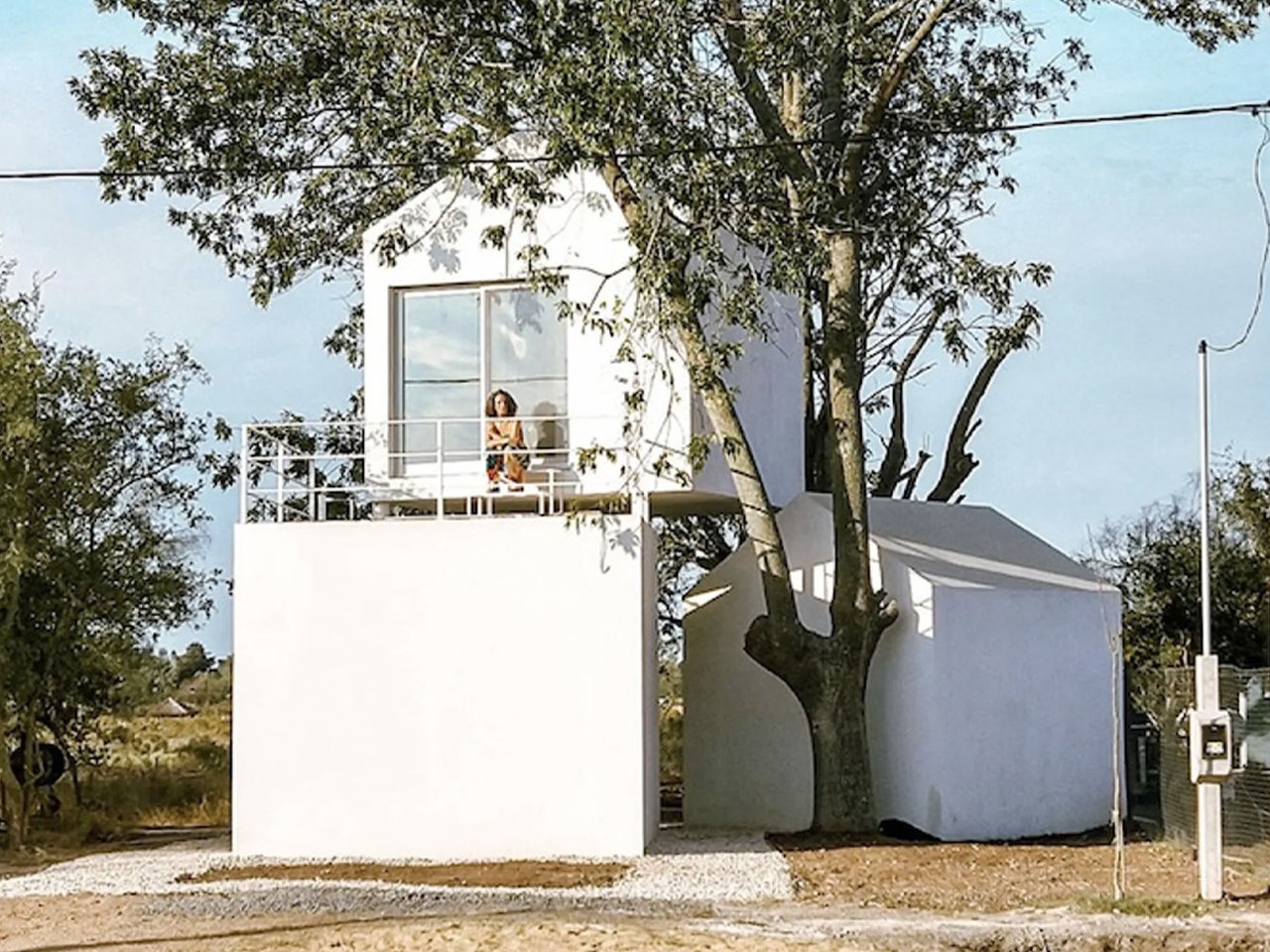
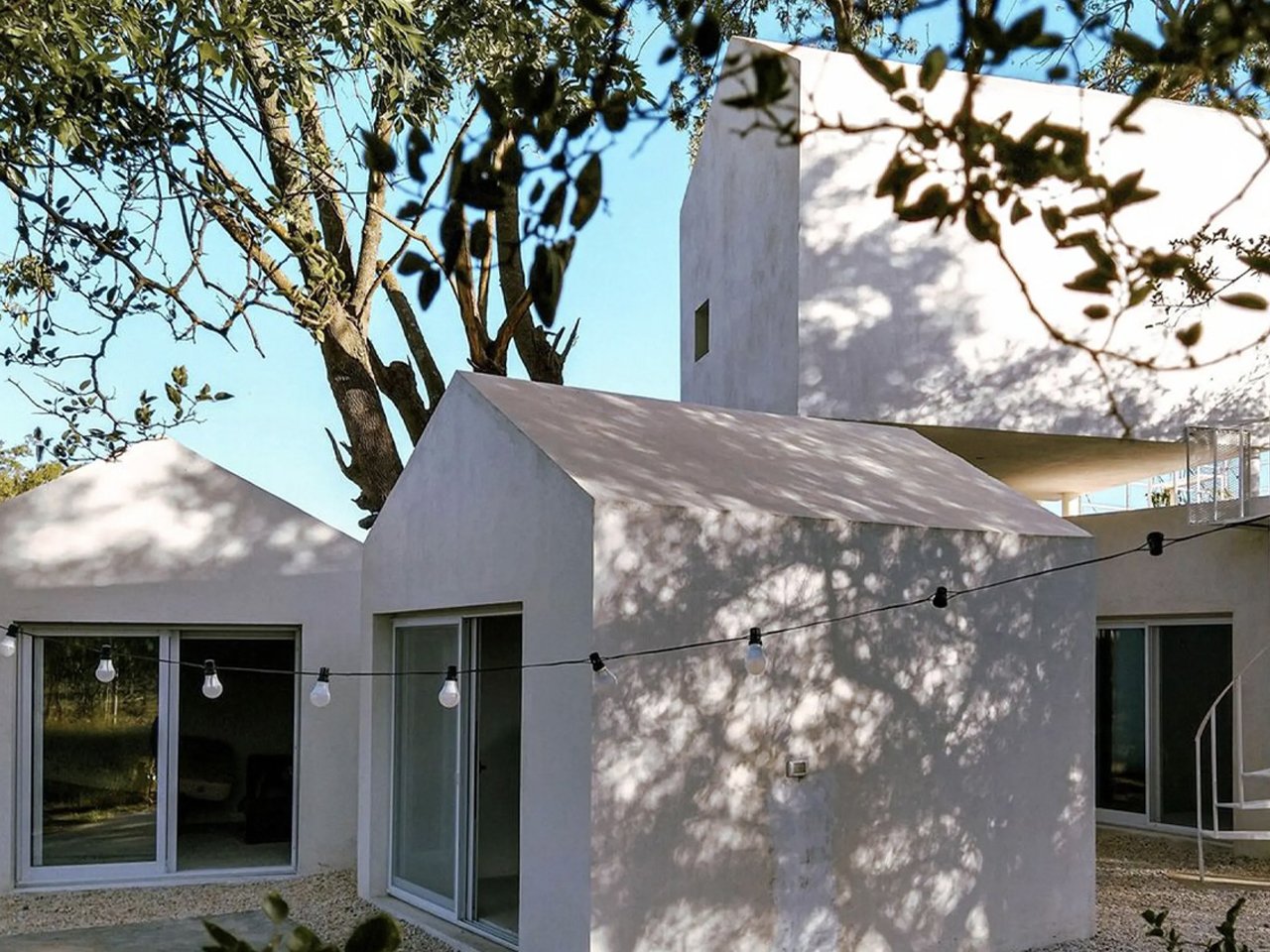
Architect Mariano Ravenna’s SF-FR House showcases a series of white concrete cubic modules organized in a circular formation, highlighted by an elevated section. Covering an area of 603 square feet, the residence comprises living, dining, and private spaces, seamlessly linked by walkways and an outdoor courtyard.
The house’s white façade, expansive windows, and outdoor terrace maximize natural light and scenic views, providing both personal privacy and a communal atmosphere.
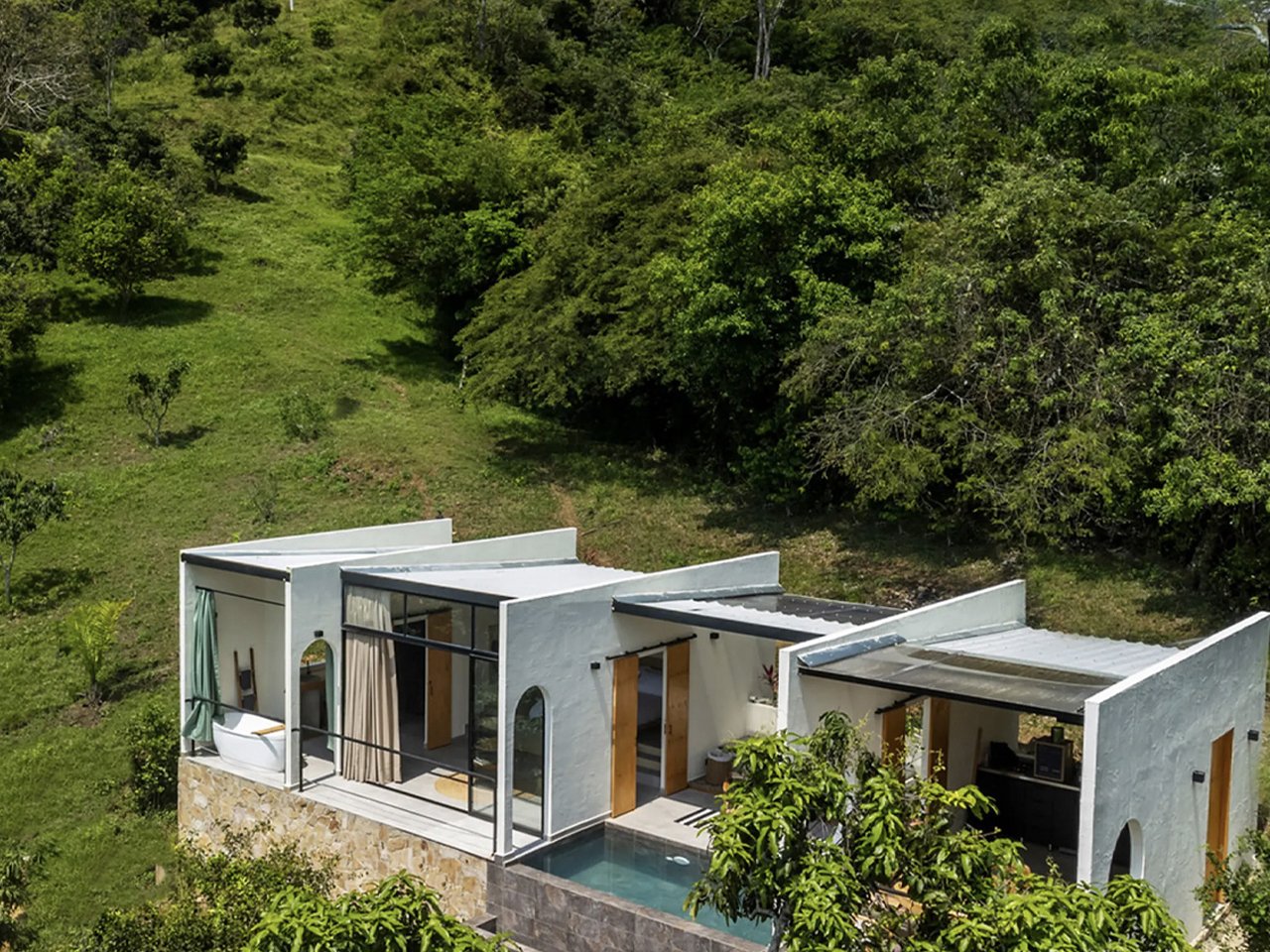
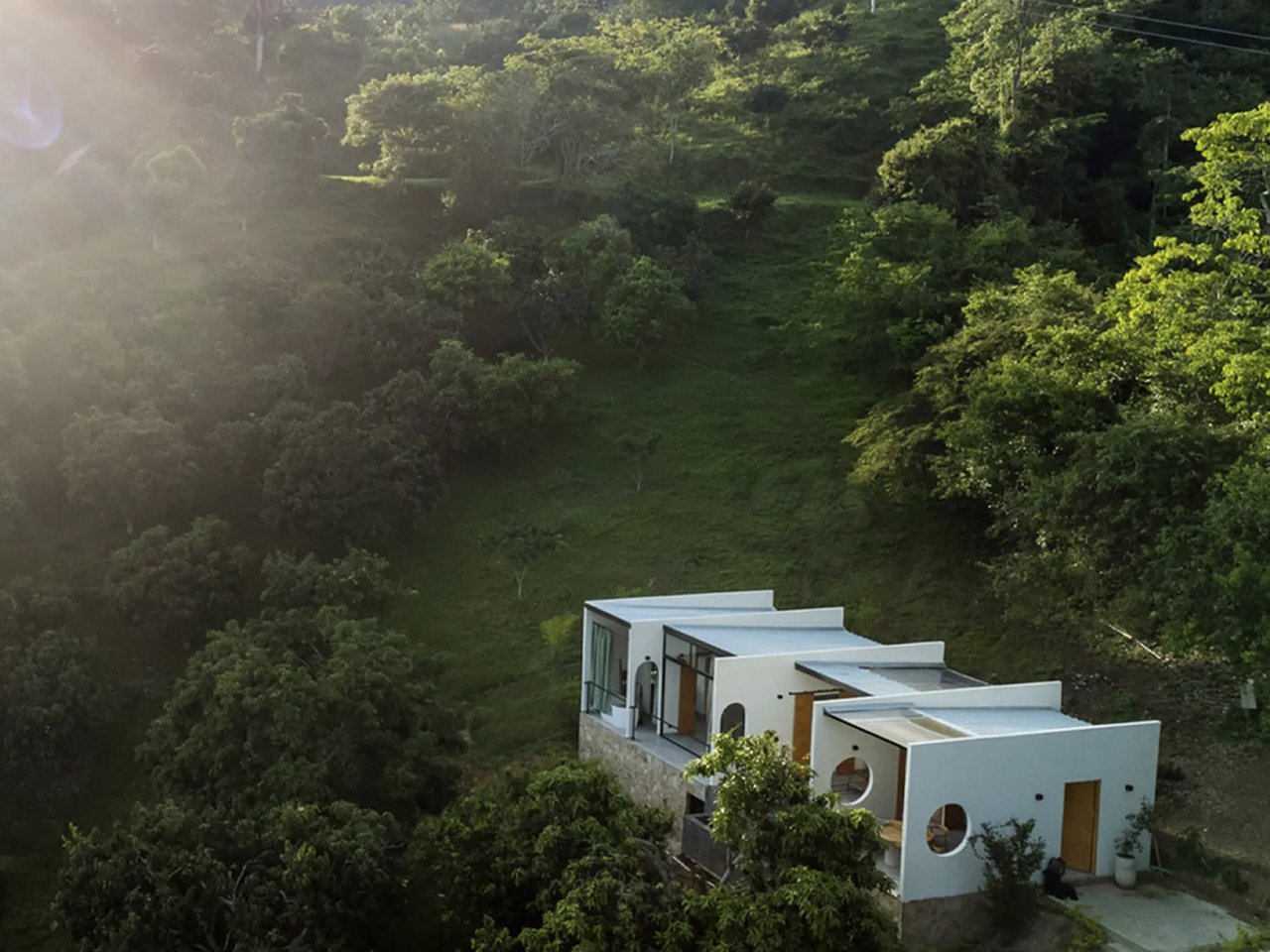
Casa Caoba is a tiny house situated in Anapoima, Colombia, designed by PAE. Its white exterior harmonizes with the verdant hillside surroundings.
The structure is anchored by a stone foundation and showcases a minimalist aesthetic, comprising five parallel walls that delineate four living spaces, all designed to promote natural ventilation.
Constructed using local stone, bamboo, and timber, the residence includes a streamlined kitchen, a dining area, a relaxation terrace complete with a plunge pool, and a master bedroom featuring an open-air bathroom.
3. Timeless Look
White is a quintessential color that possesses a timeless charm, remaining perpetually in vogue and never succumbing to transient trends. The lasting allure of white architecture can be traced to ancient cultures, including Greek temples and Moorish palaces.
Modern architects carry forward this tradition, blending it with contemporary technologies and materials. Additionally, white’s enduring nature renders it a prudent choice for property developers, as it retains its attractiveness across various architectural styles and cultural settings.
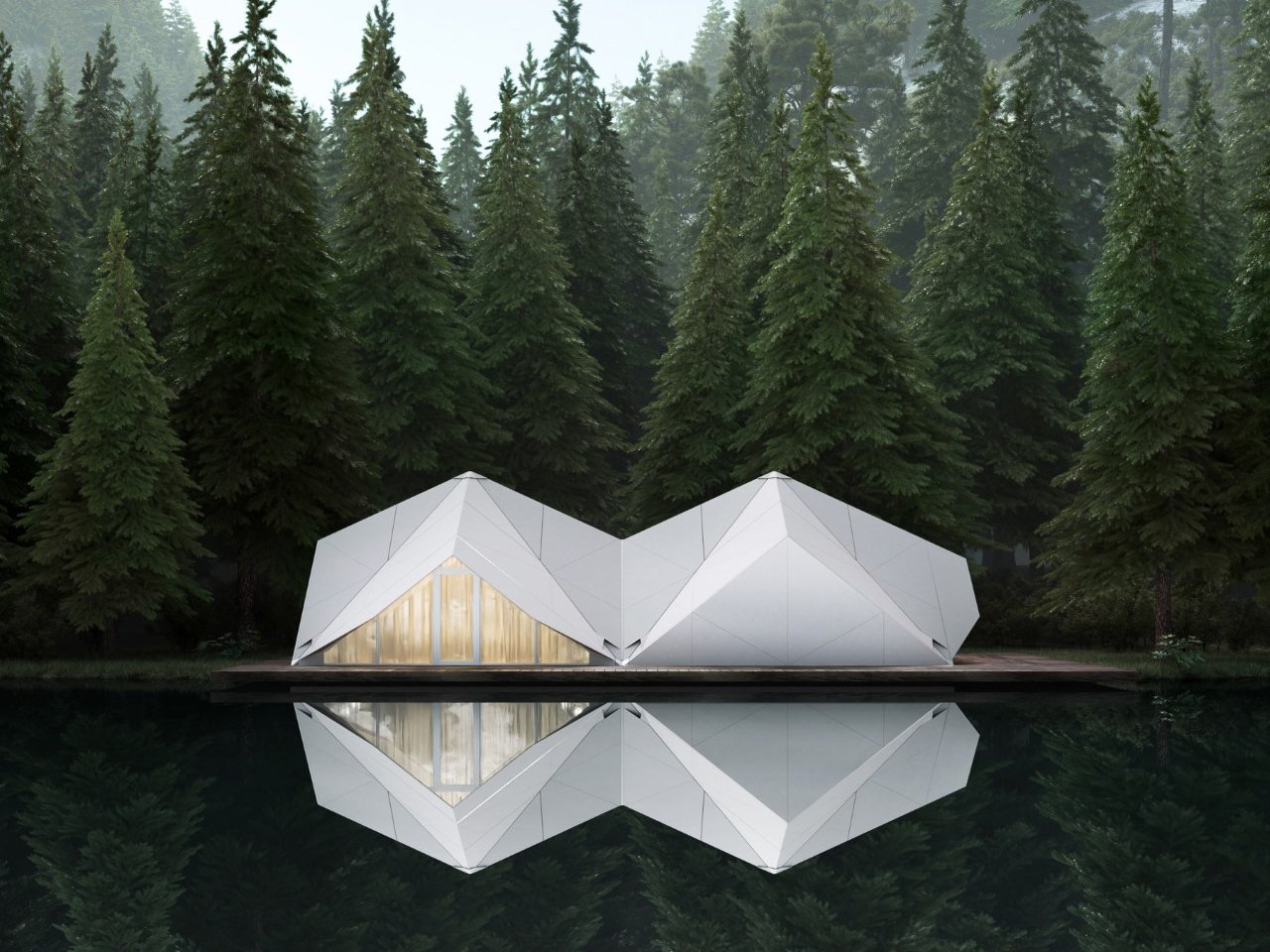
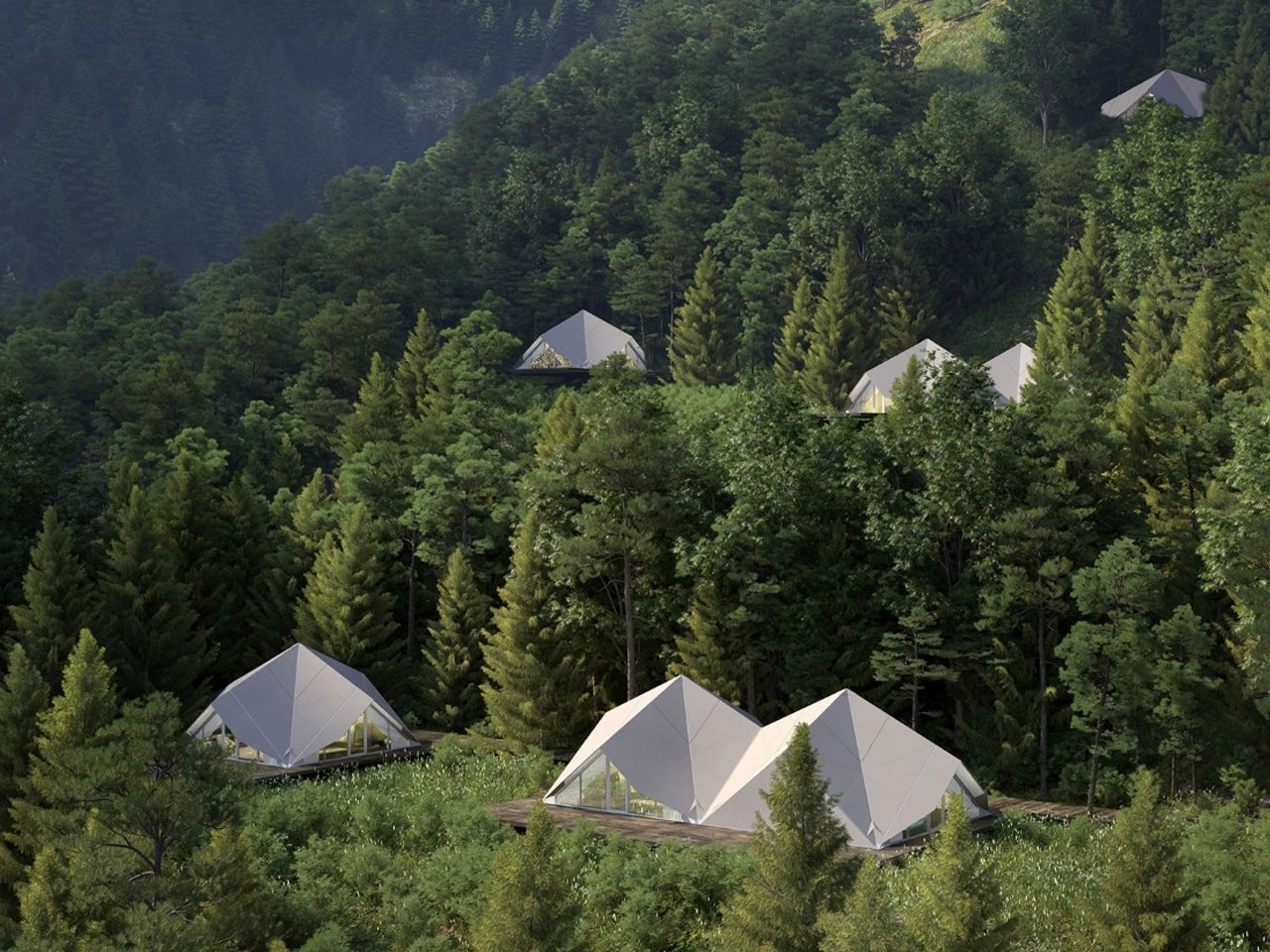
Infinity Mobile Architecture by A.L.P.S. showcases a flexible and sustainable design that can be tailored to fit any setting.
This acclaimed structure, characterized by its white exterior, incorporates a lightweight, retractable aluminum framework that allows for quick assembly across different terrains.
The design, inspired by origami, not only provides stability and aesthetic charm but also reduces environmental footprint.
The interior features dynamic spaces enhanced by mirrors to optimize natural light, while the exterior is clad in weather-resistant, white aircraft-grade aluminum panels that harmonize with a variety of landscapes.
4. Resists Fading
White paint offers UV resistance, ensuring it retains its color when subjected to light exposure, thus preserving its visual appeal over time. The longevity of white exteriors goes beyond just looks.
Contemporary white construction materials utilize cutting-edge nanotechnology and self-cleaning features.
For instance, photocatalytic white coatings can decompose pollutants and sustain their brightness through chemical reactions triggered by sunlight. This innovative technology, initially created in Japan, is now gaining traction worldwide, especially in densely populated urban areas where building upkeep is a major issue.
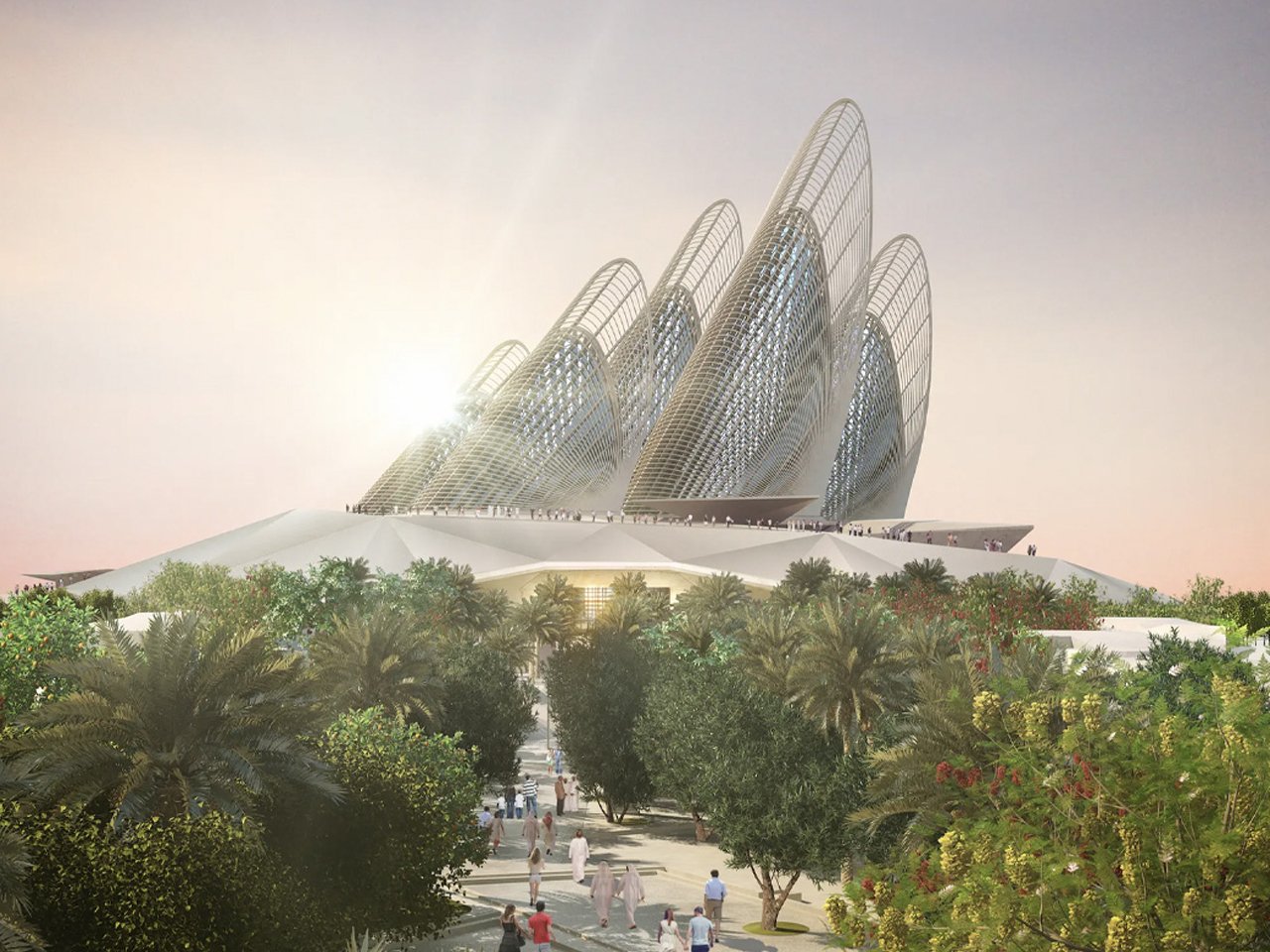

The Zayed National Museum, crafted by Foster + Partners, is set to become a significant landmark in Abu Dhabi, showcasing five elegantly sculpted wings that facilitate natural cooling within the building.
Revealed in 2010, the design pays tribute to the UAE’s inaugural president, Sheikh Zayed bin Sultan Al Nahyan, drawing inspiration from falconry and Islamic design elements.
The structure features a 98-foot-tall mound and steel wings that act as chimneys, effectively expelling warm air while allowing fresh air to circulate.
5. Emphasizes Space and Form
The use of white emphasizes the form and structure of buildings, prioritizing design over color and enhancing their volume.
Architects are increasingly adopting white as a means of sculptural expression in their designs. Its capacity to accentuate shadows and foster depth perception renders it particularly suitable for intricate geometric shapes.
This quality has gained significance in modern architecture, where structures frequently act as cultural icons. Prominent instances can be seen in the works of Santiago Calatrava, where white surfaces highlight the fluid, organic shapes that define his distinctive style.
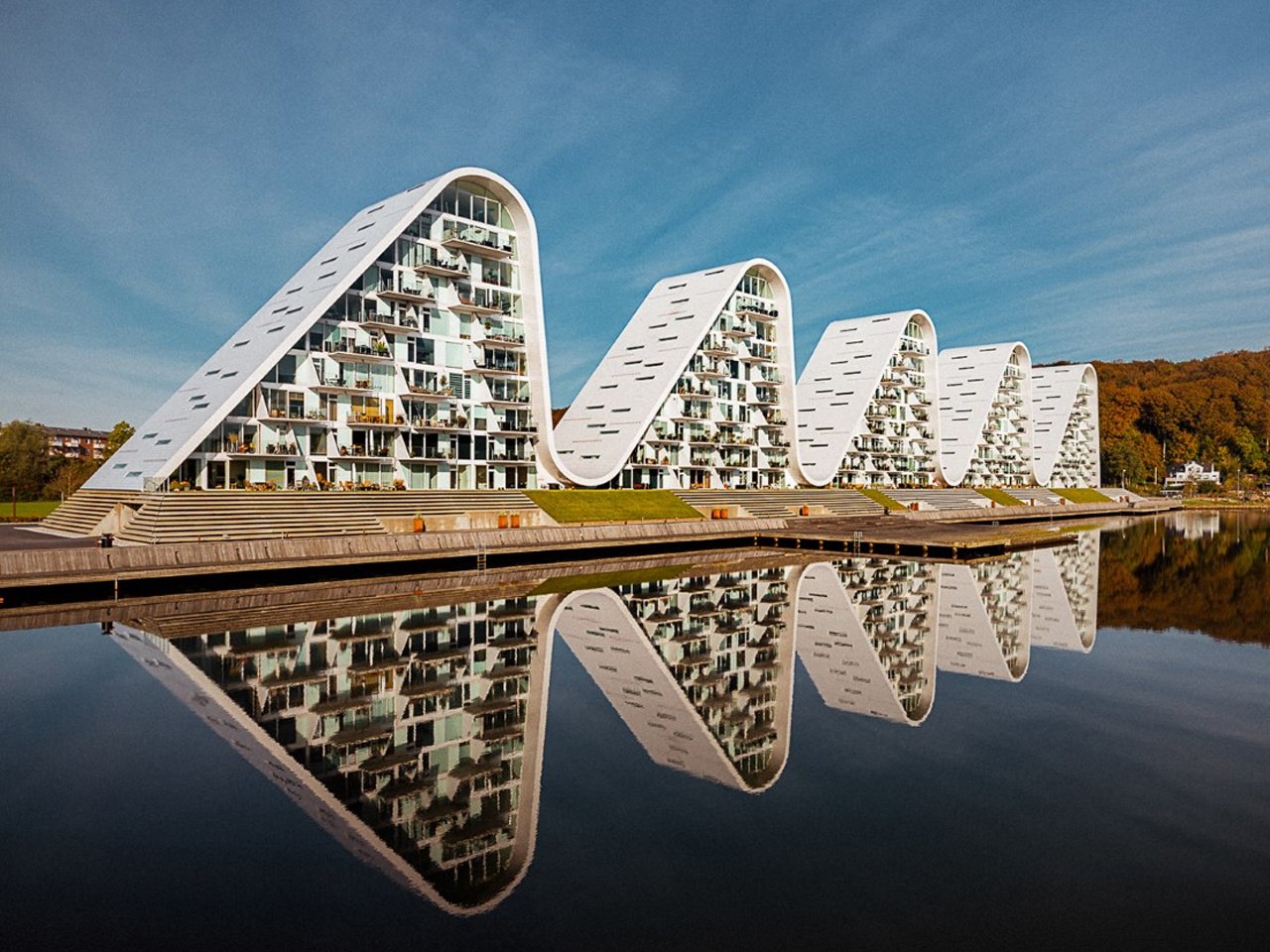
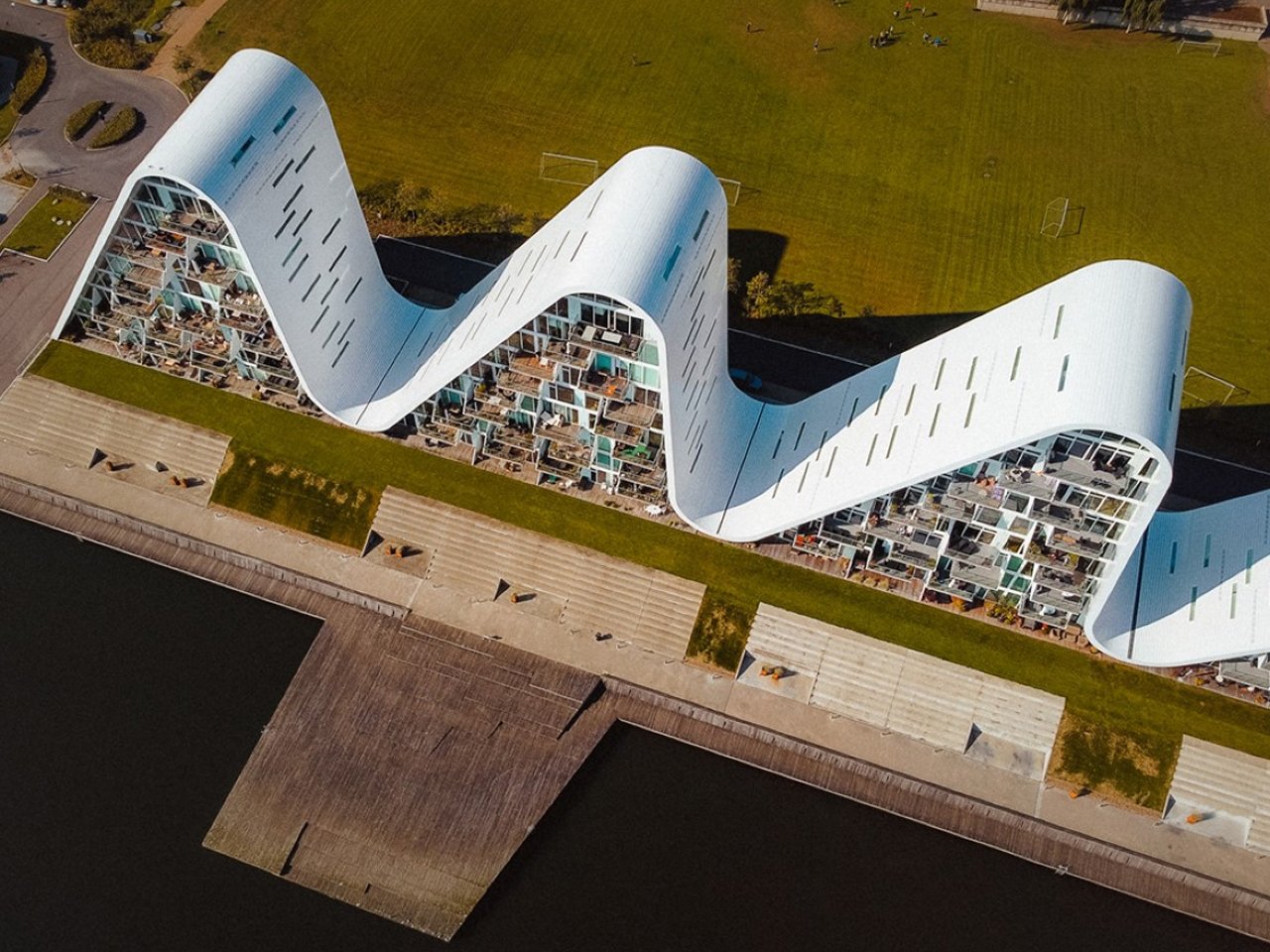
Situated along the Vejle Fjord in Denmark, The Wave is a celebrated residential development designed by Henning Larsen, which redefines conventional high-rise architecture with its striking sawtooth-wave form.
Finished in 2018, this complex comprises five buildings adorned with a unique white exterior that captures and reflects light, creating the illusion of a glistening wave during the day and a radiant mountain range at night. The 115 apartments provide residents with picturesque views of either the fjord or the verdant town.

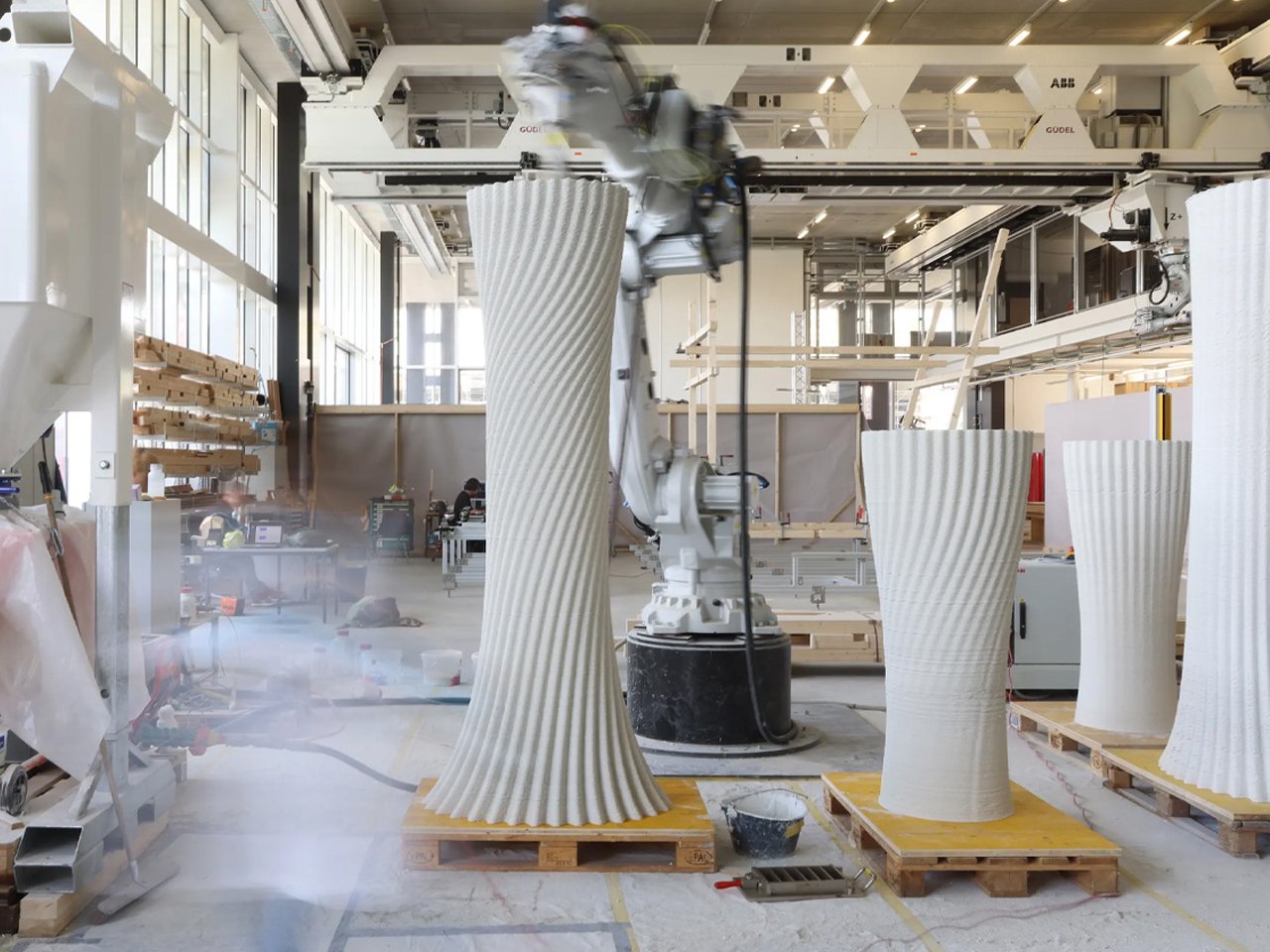
The White Tower, also known as Tor Alva, is poised to be the tallest 3D-printed structure globally, representing a major advancement in the field of additive manufacturing architecture.
Developed by ETH Zurich and situated in Mulegns, Switzerland, the tower comprises 100 printed columns and includes a performance area at its summit. Standing at 100 meters, the design draws inspiration from Baroque architecture and features a semi-open facade equipped with a removable membrane for weather protection.
This project highlights cutting-edge robotic 3D printing methods, utilizing a unique concrete blend that enhances structural strength while reducing material waste.
6. Versatile for Any Design Style
White facades offer a classic aesthetic that complements various design styles, integrating effortlessly with materials such as glass, concrete, and steel. The flexibility of white enhances transitions between interior and exterior spaces, fostering a cohesive visual experience. Modern architects frequently employ white as a cohesive element to connect diverse architectural styles and materials.
This adaptability is especially beneficial in renovations within historic districts, where new constructions need to blend with the existing architecture while preserving a contemporary character. The neutrality of the color enables striking architectural expressions without overshadowing adjacent structures.
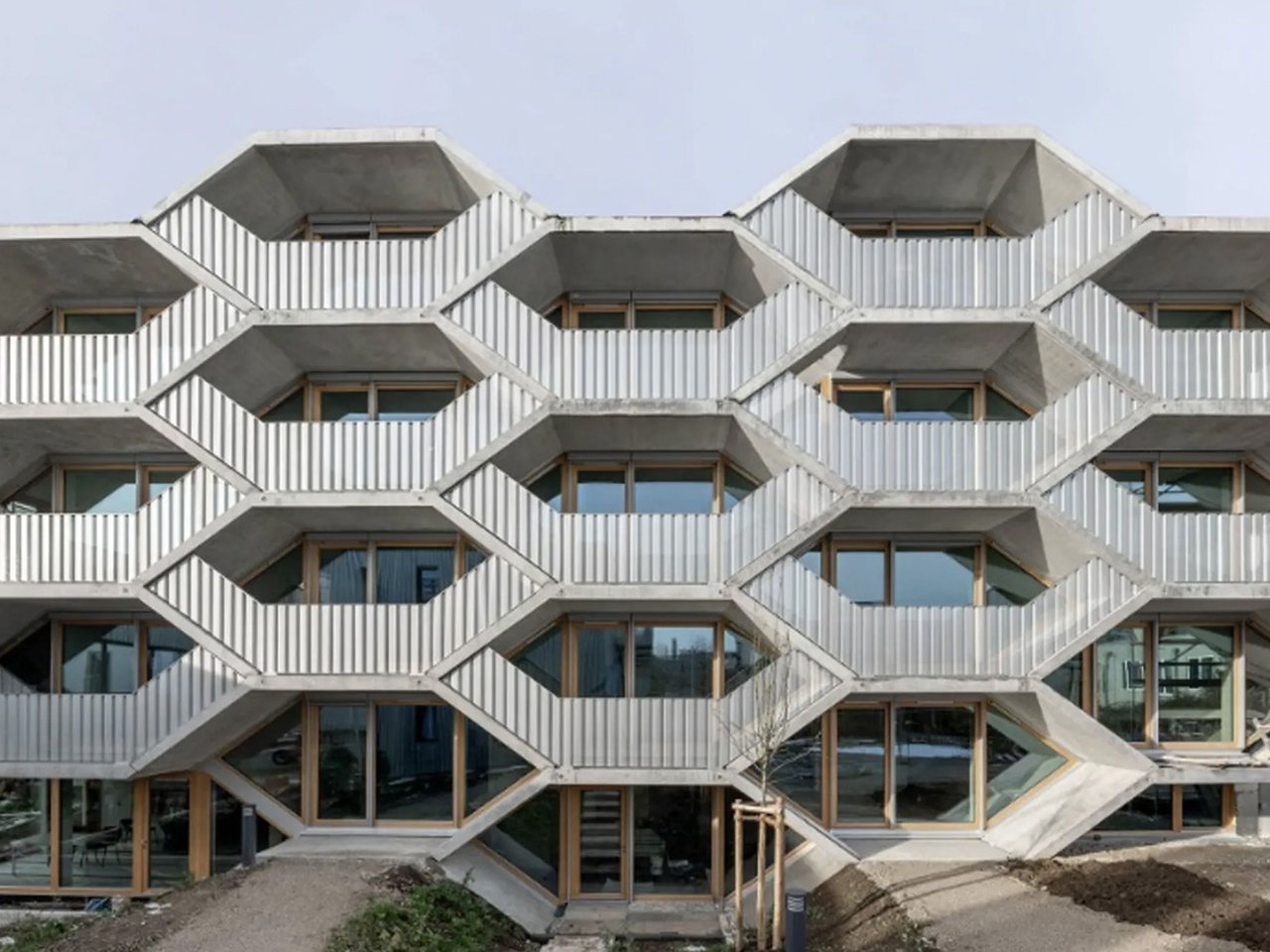
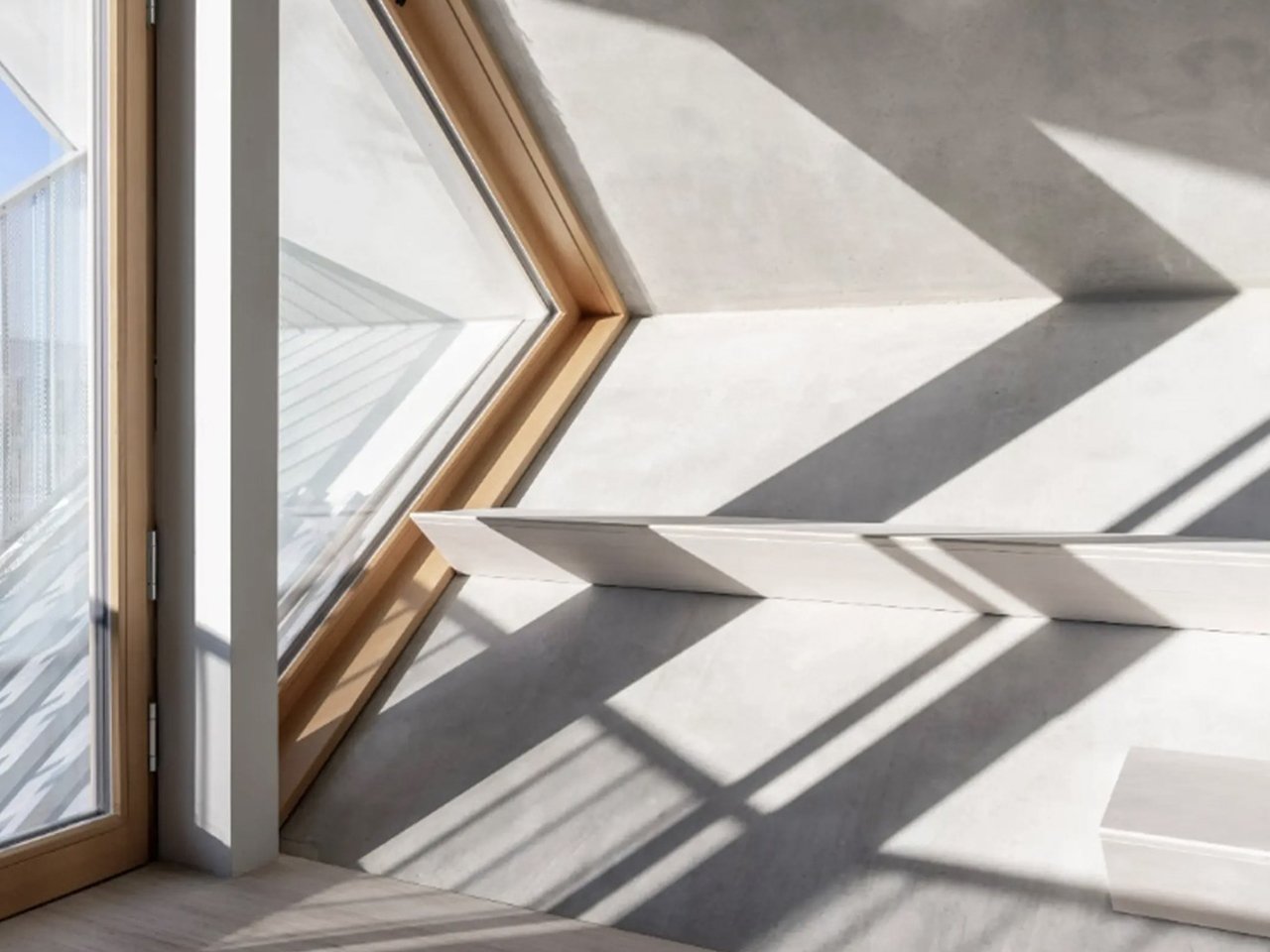
Located in Munich, Germany, the Honeycomb House, designed by architect Peter Haimerl, transforms the concept of communal living through its hexagon-shaped apartments and striking white facade. This cutting-edge design incorporates sloped ceilings and versatile furniture, optimizing both space and natural illumination.
The white exterior not only promotes light diffusion but also harmonizes with the central communal area, encouraging a sense of community while ensuring individual privacy.
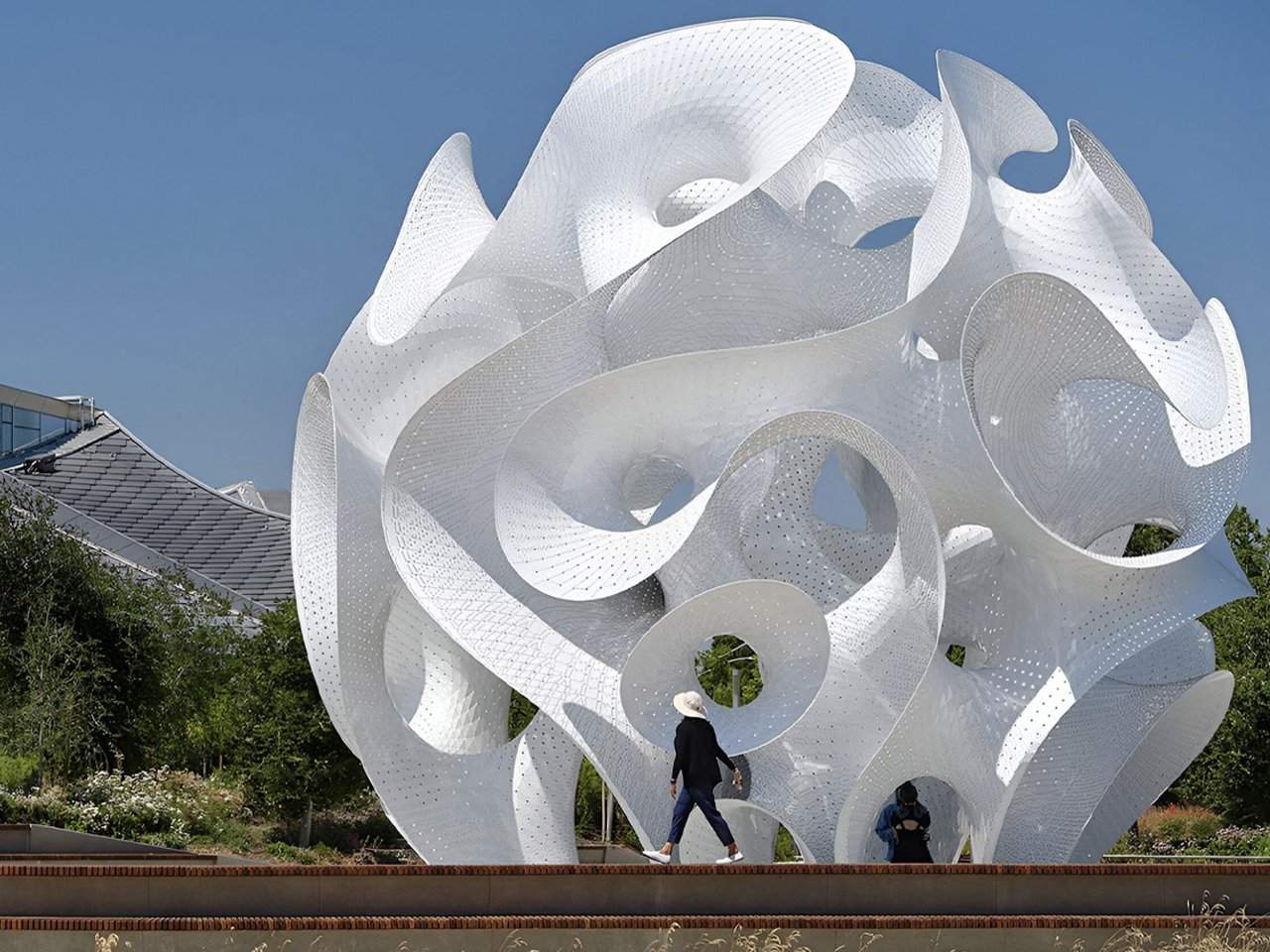
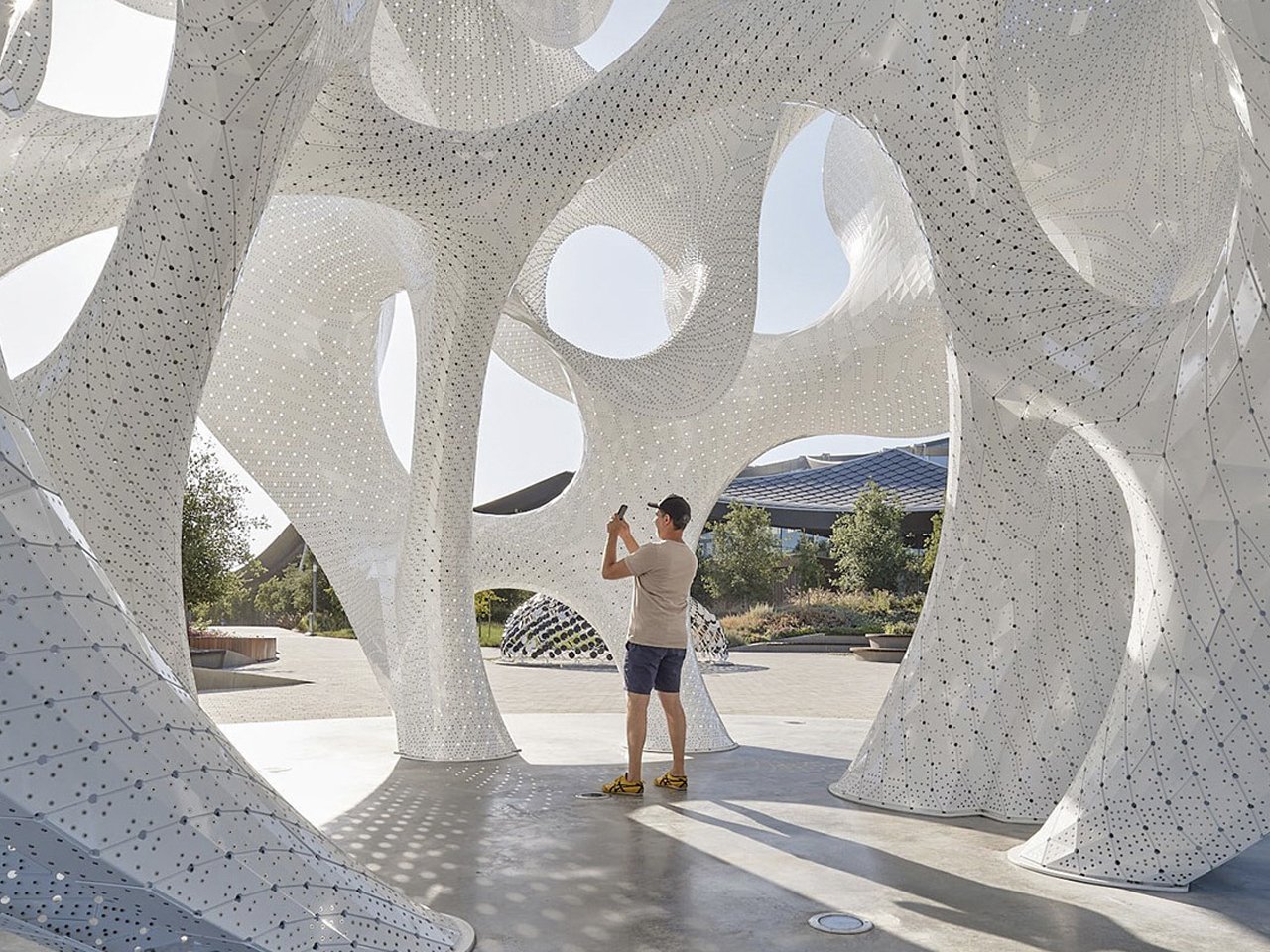
The Orb, crafted by The Very Many for Google’s Charleston East Campus, stands at 10 meters tall and boasts a sleek white aluminum façade.
Its flowing form and complex perforations generate a captivating interplay of light and shadow. Constructed amid the COVID-19 pandemic, it incorporates finely detailed, laser-cut components imported from Europe.
Situated in a spacious plaza, the Orb offers a tranquil retreat from everyday life, inviting visitors to step away from technology and appreciate its intricate design.
7. Enhances Spatial Perception
White contributes to the perception of spaciousness in small areas by utilizing its reflective qualities to create an illusion of openness.
The effects of white spaces on the human psyche have been thoroughly examined within the field of architectural psychology. Studies show that environments dominated by white, both inside and out, can alleviate stress and enhance cognitive performance.
This insight has shaped the design of schools and healthcare settings globally. Consequently, architects are increasingly applying these concepts in both residential and commercial designs, fostering environments that support wellbeing through the strategic use of white spaces and natural light.
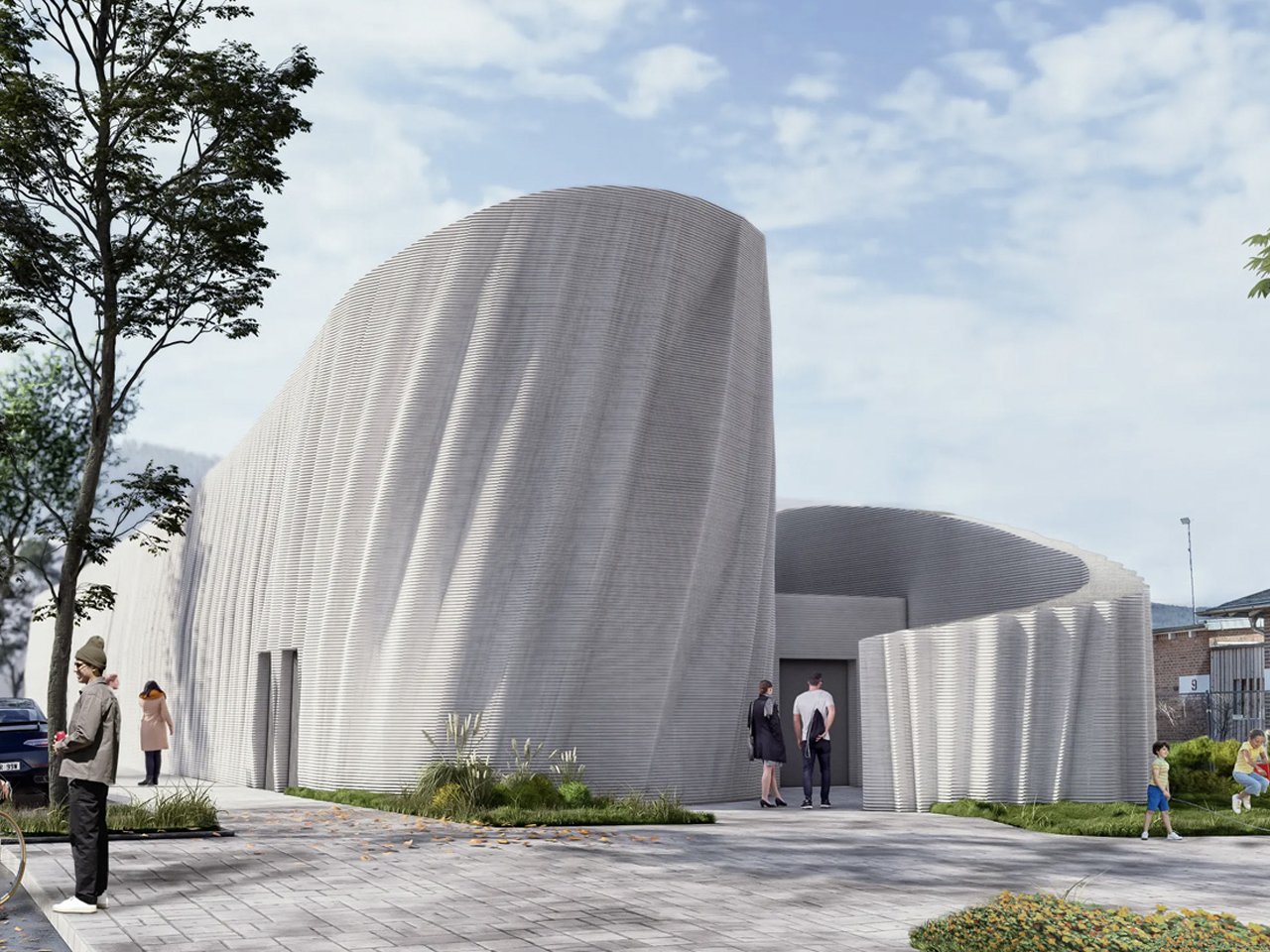
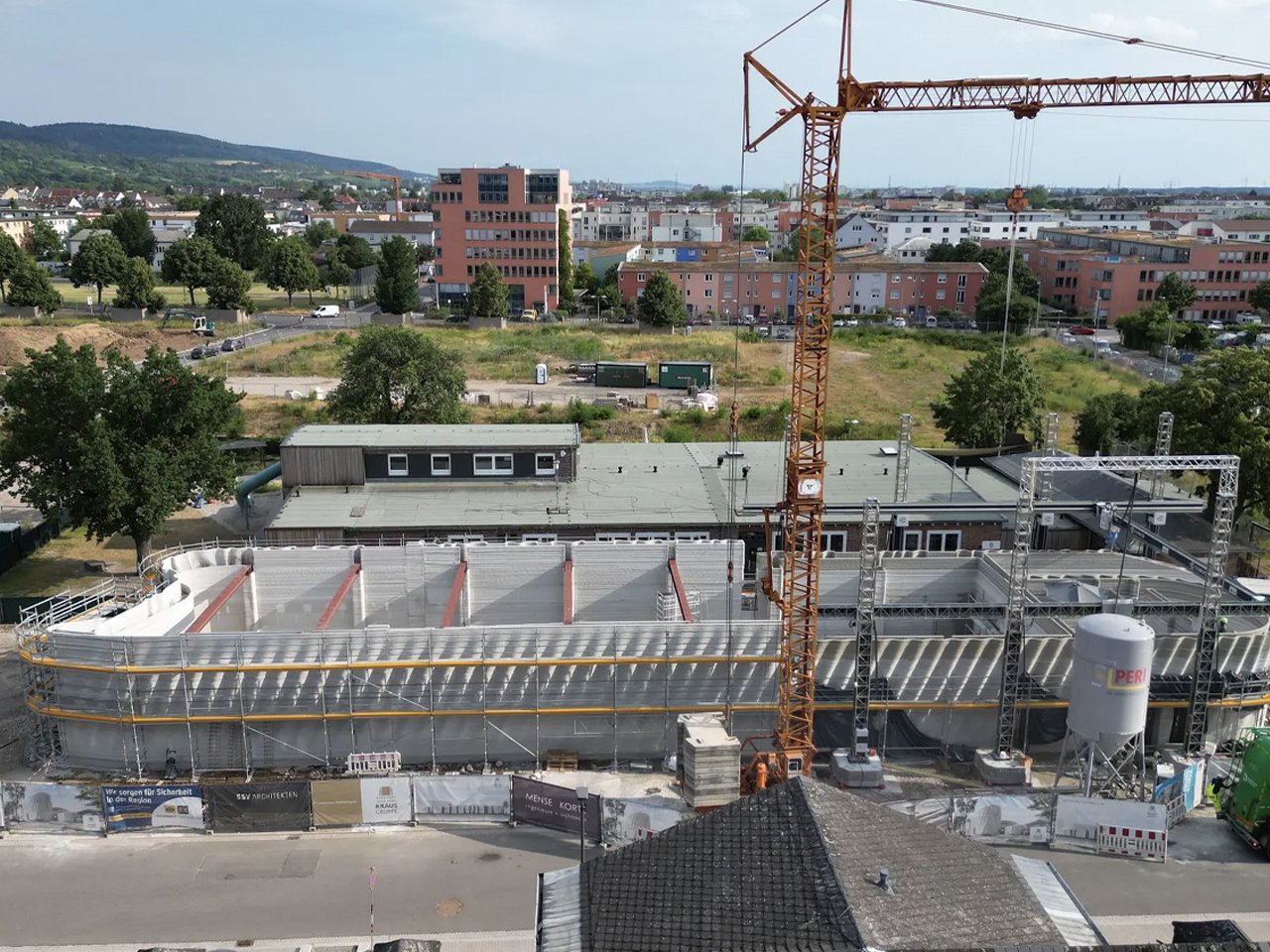
Situated in Heidelberg, Germany, the Wave House stands as the largest 3D-printed structure in Europe. Designed by SSV and Mense Korte, it was constructed by Peri 3D Construction for KrausGruppe.
Covering an area of 6,600 square feet, this data center boasts a unique white, wave-inspired facade, distinguishing it from typical, windowless data centers. The exterior walls were produced using a COBOD BOD2 printer and crafted from a recyclable cement blend.
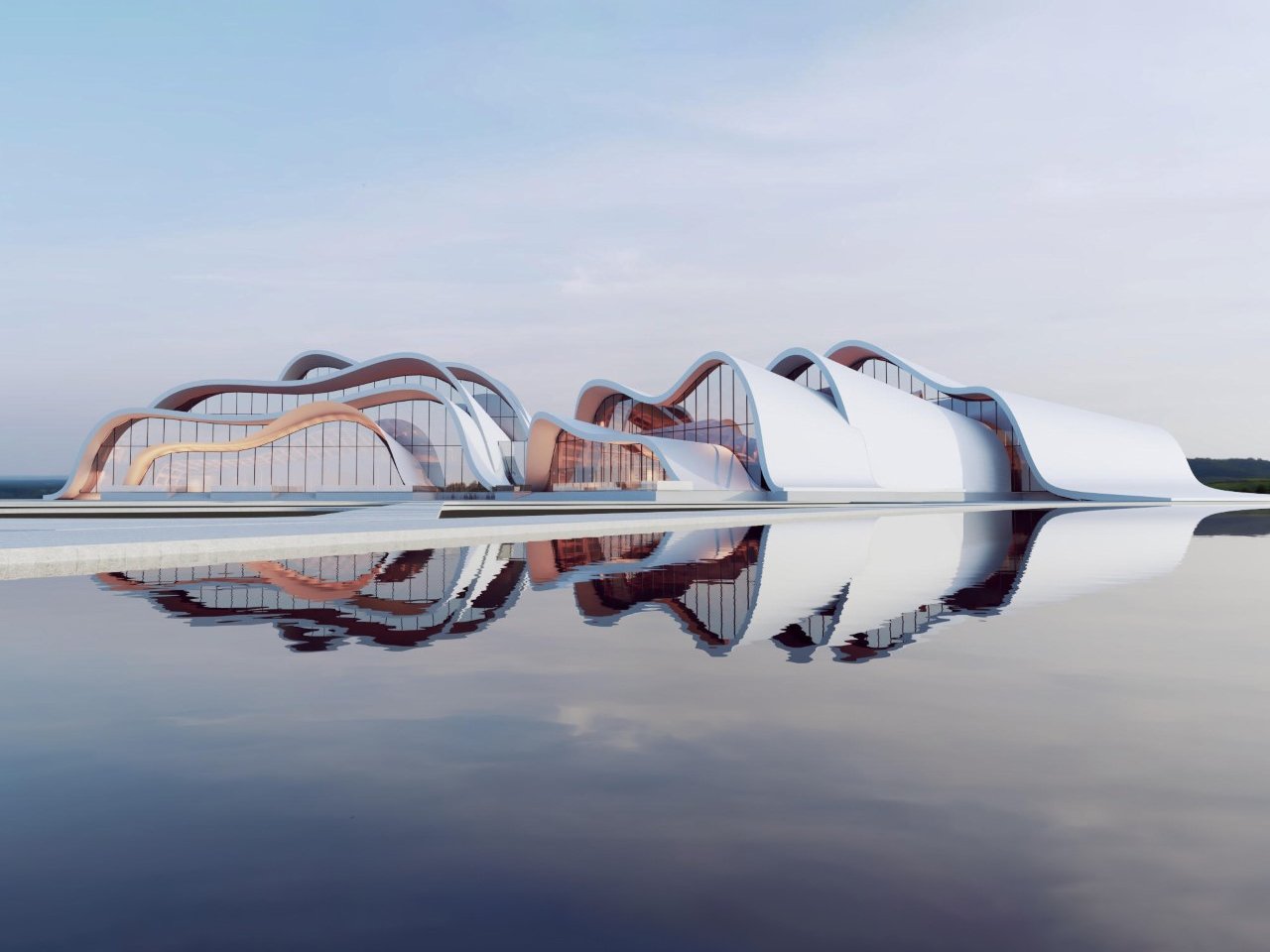
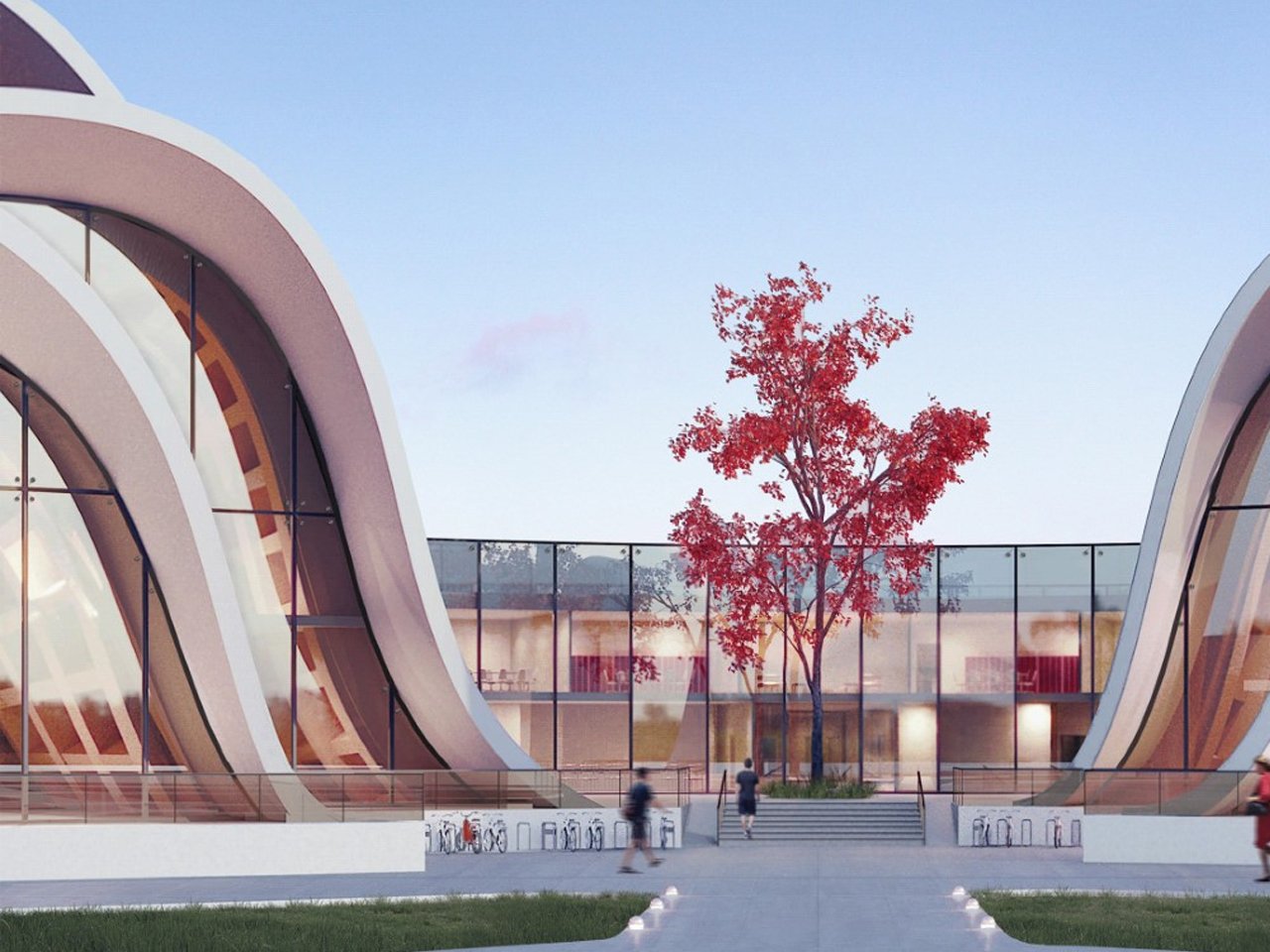
The Kolchyno Ice Center, located in Kolchyno, Ukraine, serves as a multifunctional facility that includes both an ice rink and a swimming pool, making it suitable for activities throughout the year.
Its design showcases an organic and fluid architectural style, characterized by a white exterior that emulates the natural movement of water and ice.
The building’s layered, wave-inspired facades produce a captivating visual impression, reminiscent of mountain ranges or sand dunes. Additionally, the reflections from the adjacent Viznytsia River enhance the center’s remarkable aesthetic.
8. Enhances Contrast
White serves to establish a strong contrast with various colors and textures, accentuating architectural features and offering vivid contrasts against the blue sky and lush greenery.
The intentional application of white in modern architecture transcends mere visual contrast. Architects are exploring textured white surfaces that alter their appearance as lighting conditions evolve throughout the day.
This dynamic aspect results in structures that appear to change from dawn to dusk, introducing a temporal element to architectural design. This method is especially impactful in cultural institutions and public areas, where the evolving appearance enhances the overall experience for visitors.

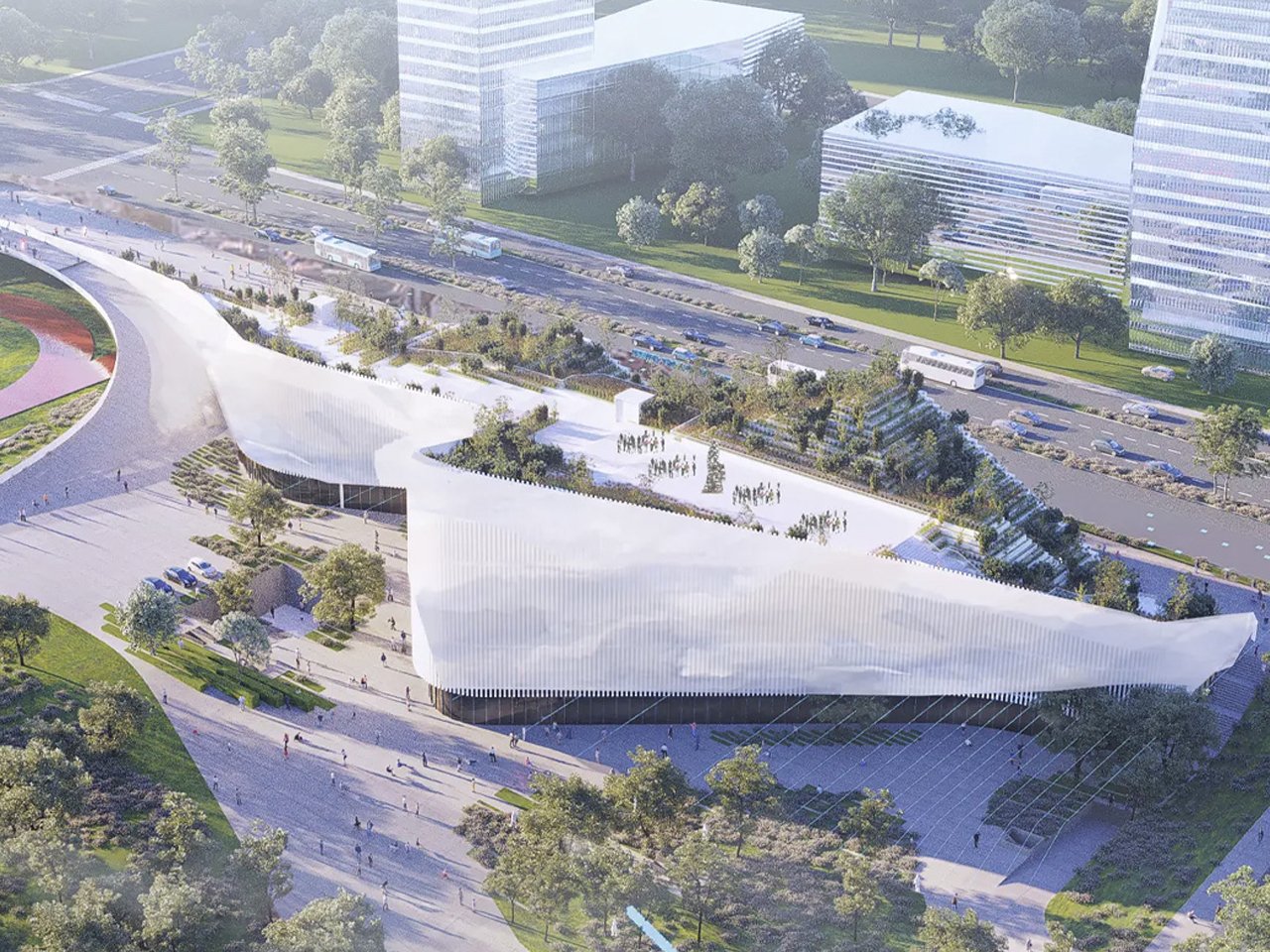
Architect Stefano Boeri’s Culture CBD Modern Technology Experience Center in Xi’an, China, will showcase a distinctive concrete facade that mimics the appearance of a mountain adorned with trees.
This innovative design incorporates large glass panels and horizontal shading slats, along with green terraces on the roof that feature gardens and a viewing platform.
The museum’s white exterior, drawing inspiration from the local landscape, stands in stark contrast to the surrounding greenery, while the vibrant blue interiors highlight the importance of digital design.
Although white facades in architecture symbolize purity and tranquility, they can be difficult to maintain. However, advancements in cleaning technologies and the use of durable, mold-resistant paints can simplify upkeep. The outlook for white in architecture is bright, as new technologies enhance its practical advantages.
Developments in materials science are leading to the creation of more resilient, self-cleaning white surfaces, while improvements in thermal management are boosting their energy efficiency.
As urban areas confront increasing environmental challenges, the blend of aesthetic charm and practical benefits offered by white architecture makes it a vital component of sustainable urban development.
The Modern White Aesthetic Trend in Architecture combines clean lines, minimalist design, and a dominance of white tones to create serene, light-filled spaces.
This timeless style emphasizes simplicity, functionality, and harmony between indoor and outdoor environments, often incorporating expansive windows, open layouts, and sleek finishes. The result? Calming, contemporary spaces that exude elegance and adaptability for modern living.
Note: This article was reviewed and edited by the ArchUp editorial team to ensure accuracy and quality.


